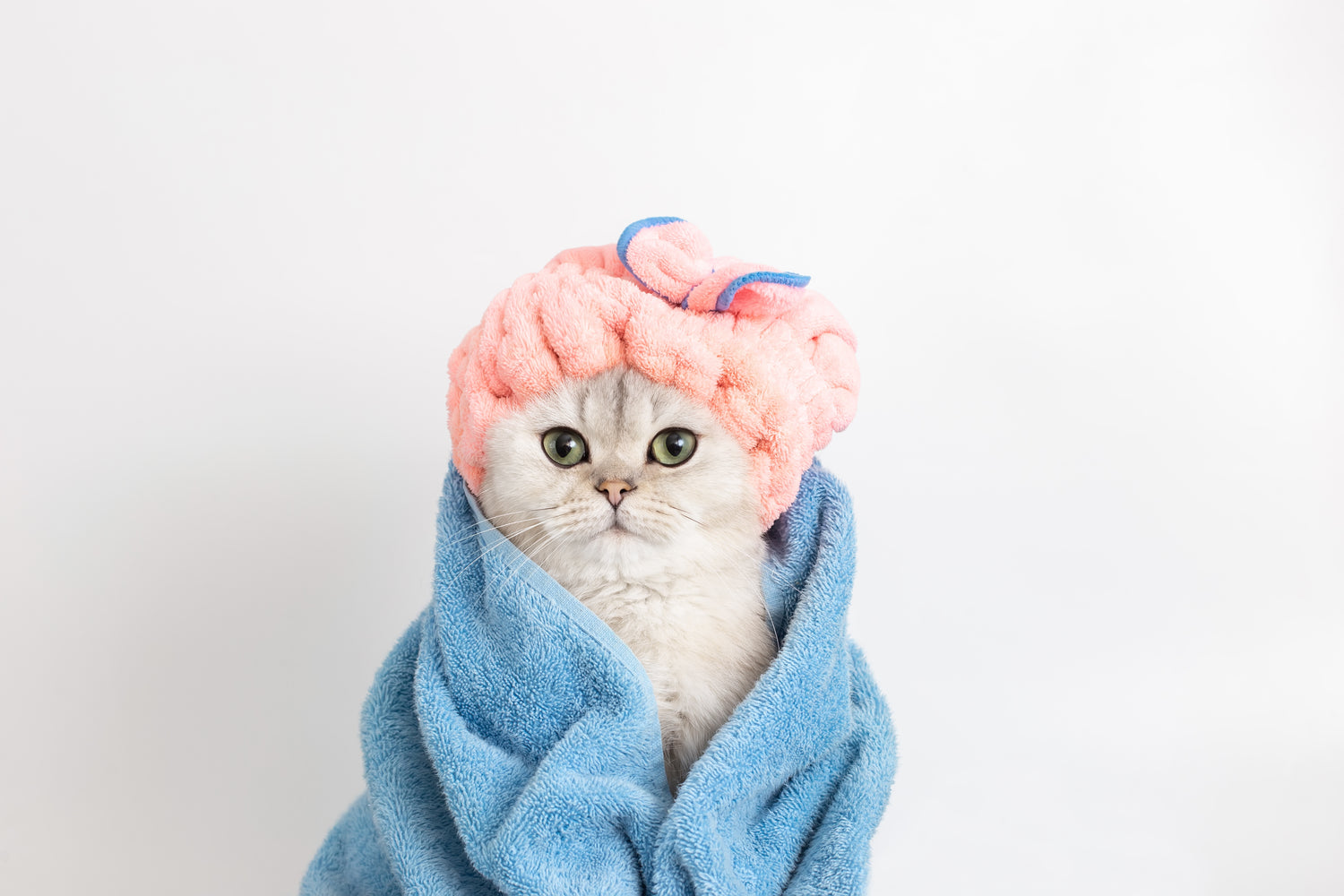Cats are renowned for their relentless grooming habits. Take a moment to watch your feline companion, and you'll likely be impressed by their thorough self-cleaning routine. Given their remarkable self-sufficiency in this department, it's a common quandary among cat owners – do cats need regular baths? The answer isn't a one-size-fits-all, but rather contingent on various factors. This blog post aims to explore these factors and offer some practical advice on how often you should consider bathing your cat.
The Art of Self-Cleaning
Cats are born with a built-in grooming mechanism. They instinctively groom themselves to eliminate dirt, loose hair, and unpleasant odors. Thanks to their tongue's unique backward-facing barbs, cats can effectively detangle and cleanse their fur. For most felines, this natural grooming regimen is sufficient to maintain their cleanliness.
When to Make Exceptions
While most cats are adept at self-maintenance, there are circumstances that may require human intervention in the form of a bath:
Messy Mishaps
If your cat becomes entangled with a messy or sticky substance – think paint, oil, or potentially toxic materials – it becomes imperative to intervene. In such instances, a bath becomes necessary to prevent them from ingesting dangerous substances during their grooming routine.
Medical Conditions
Certain medical conditions can hinder a cat's grooming abilities. Conditions like arthritis, obesity, or dental issues can restrict their flexibility and make it challenging to access specific body areas. In such cases, your veterinarian may recommend occasional baths or assistive grooming to ensure your cat remains clean and comfortable.
Long-Haired Breeds
Long-haired cat breeds, such as Persians or Maine Coons, are more susceptible to matting due to their luxuriant fur. Matting can cause discomfort and even pain for your cat. In these cases, regular grooming sessions and periodic baths can help prevent this issue.
A Step-by-Step Guide to Bathing Your Cat
Should you find yourself in a situation necessitating a bath for your cat, it's vital to approach it with care and patience. Here's a step-by-step guide to help you navigate the process:
Gather Your Supplies
Collect the necessary supplies: cat-specific shampoo, a spacious towel, a non-slip mat for the sink or bathtub, and, most importantly, a gentle and reassuring demeanor.
Create a Calm Environment
Select a quiet, warm room where your cat can feel secure. Place the non-slip mat in the sink or tub and fill it with a few inches of lukewarm water.
The Bathing Process
-
Gradual Introduction: Begin by letting your cat acclimate to the water. Allow them to explore the dry sink or tub, offering treats and praise for their bravery.
-
Wet Your Cat Gently: Use a cup or a sprayer to moisten your cat's fur slowly, commencing from the back while taking care to avoid their face.
-
Shampoo Application: Apply a modest amount of cat-specific shampoo, lathering it gently, and being cautious to steer clear of their eyes, ears, and mouth.
-
Rinse Thoroughly: Ensure you rinse your cat's fur thoroughly, leaving no shampoo residue behind.
-
Drying with TLC: Wrap your cat in a warm, dry towel, and gently pat them dry. Some cats might tolerate a hairdryer on a low, cool setting, but use it sparingly and maintain a safe distance.
4. In Conclusion
For the most part, cats excel at maintaining their own cleanliness, rendering regular baths unnecessary. Nonetheless, when specific situations arise – like messy accidents or underlying medical conditions – a bath may become unavoidable. Always approach bath time with tenderness, patience, and an understanding of your cat's preferences and needs. If you're uncertain or have reservations, don't hesitate to consult your veterinarian for expert guidance on maintaining your cat's hygiene and overall well-being.



